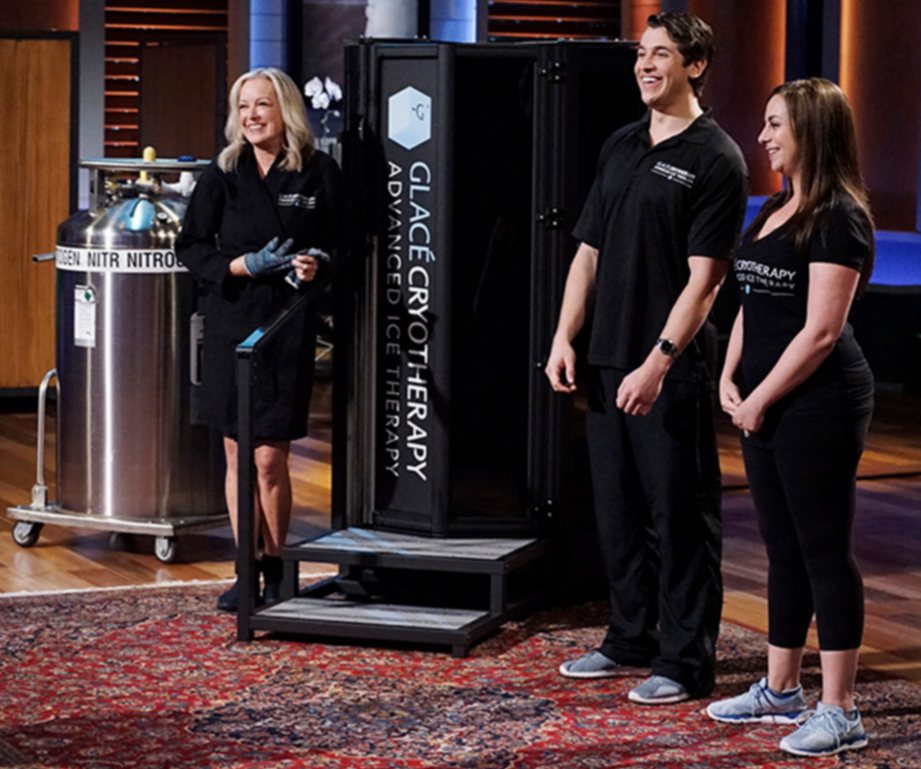Nitrogen Tank or Cryogenic Dewar? Not Sure Where they are Installed? Here’s the List!
- By : PureAire Monitoring Systems
- Posted on : August 17, 2017
- News Room
Liquid nitrogen is used in a broad range of industries, from steelmaking and pharmaceutical to health care and ceramics. The inert gas is also used in laboratories, breweries, fine cooking, and more. Wherever liquid nitrogen is used, it must be stored securely so as not to mingle with air. Learn why nitrogen must be so carefully contained and where and how N2 gas is stored.
Bulk Nitrogen Tank Storage
Liquid nitrogen is stored in a bulk nitrogen tank, also known as a nitrogen dewar. Nitrogen dewars exist wherever nitrogen is used, including in:
- Labs
- Research universities
- Restaurants, bars, and hotels
- Freezers
- Hospitals
- Flash freezing facilities
- Food processing facilities
- Cryotherapy facilities
- Manufacturing plants
The nitrogen dewar features a vacuum stopper, which protects the substance inside and prevents the nitrogen from boiling off. Dewars must have pressure release valves to prevent a bulk nitrogen tank explosion, which can occur when pressure builds up inside the tank. Since liquid nitrogen vaporizes at room temperature, it’s critical that the tank stay sealed at all times.
Nitrogen and other insert gases, including argon, displace air when they are released into the environment. As oxygen is displaced, the air becomes oxygen deficient. Breathing oxygen deficient air causes respiratory distress and death via asphyxiation. Since nitrogen is colorless and odorless, there is no way to tell that a leak occurs unless you use an oxygen monitor, which samples oxygen levels.
Given the risks posed by the material, bulk nitrogen tanks must be stored and transported safely and securely. Workers must bleed out pressure before transporting the tanks, for example, to reduce the risk of incident during transport.
A robust ventilation system should be installed where the nitrogen is kept, so escaped nitrogen can be vented away, and fresh air should be circulated into the storage room several times per hour.
Other safety measures include checking that fittings are appropriate, wearing gloves to prevent the nitrogen from burning the skin, and never filling dewars more than 80 percent full.
While liquid nitrogen can be transferred from the bulk nitrogen tank into a smaller tank for small scale use, it must only be transferred into approved container. If you use the wrong container, it could shatter, leaking nitrogen into the air and decreasing available oxygen.
Wherever nitrogen is stored or used, signs warning of the risks associated with the material should be posted as a warning to employees. When working with nitrogen, staff should wear eye protection, cryogenic gloves, and other safety equipment.
Anyone who handles or works with the gas should be trained in safe use, storage, and handling of bulk nitrogen tanks as well. The valves, gauges, and other components of the nitrogen storage tank should be inspected regularly for safety, and replaced whenever you notice wear and tear.
Why You Need an Oxygen Monitor Where Nitrogen is Stored
By placing an oxygen monitor wherever nitrogen is used, you can protect worker safety and prevent injury or fatality onsite. Oxygen monitors continually sample oxygen levels in the room, making sure that oxygen falls within acceptable levels. Should nitrogen gas leak from the dewar, ambient oxygen levels will start to tumble as the air is displaced by nitrogen.
When oxygen levels fall to the threshold set by OSHA, which is 19.5 percent, the oxygen deficiency monitor will sound and flash alarms to notify workers onsite. Staff can exit the room before they begin to experience the adverse effects of being in an oxygen deficient atmosphere, then call 911 so emergency personnel can respond to the threat.
PureAire offers a robust oxygen deficiency monitor capable of withstanding low temperatures of -40 Celsius. Once installed, the oxygen monitor works as intended for 10+ years with no annual maintenance or calibration. An ultra-loud alarm is audible throughout the premises, while a flashing light provides a secondary alert for employees. The unit easily mounts on the wall with brackets and comes with a 3-year warranty. Learn more about oxygen monitors from PureAire at www.pureairemonitoring.com.



